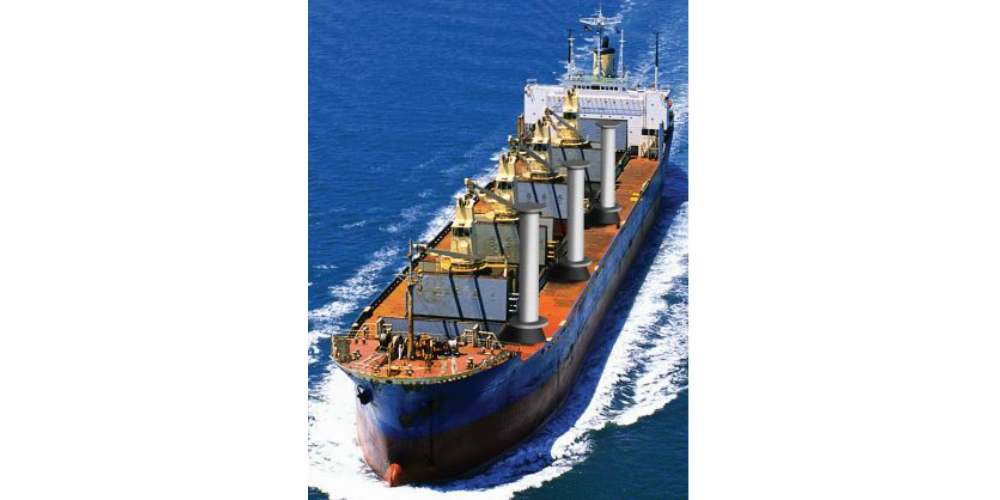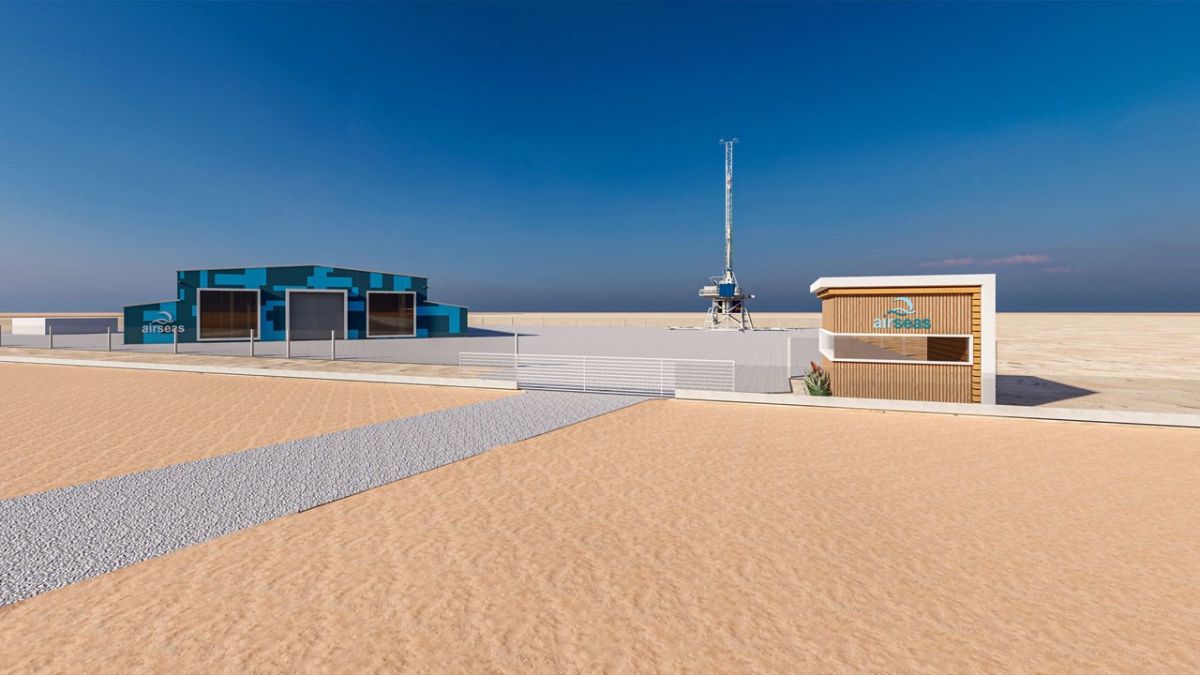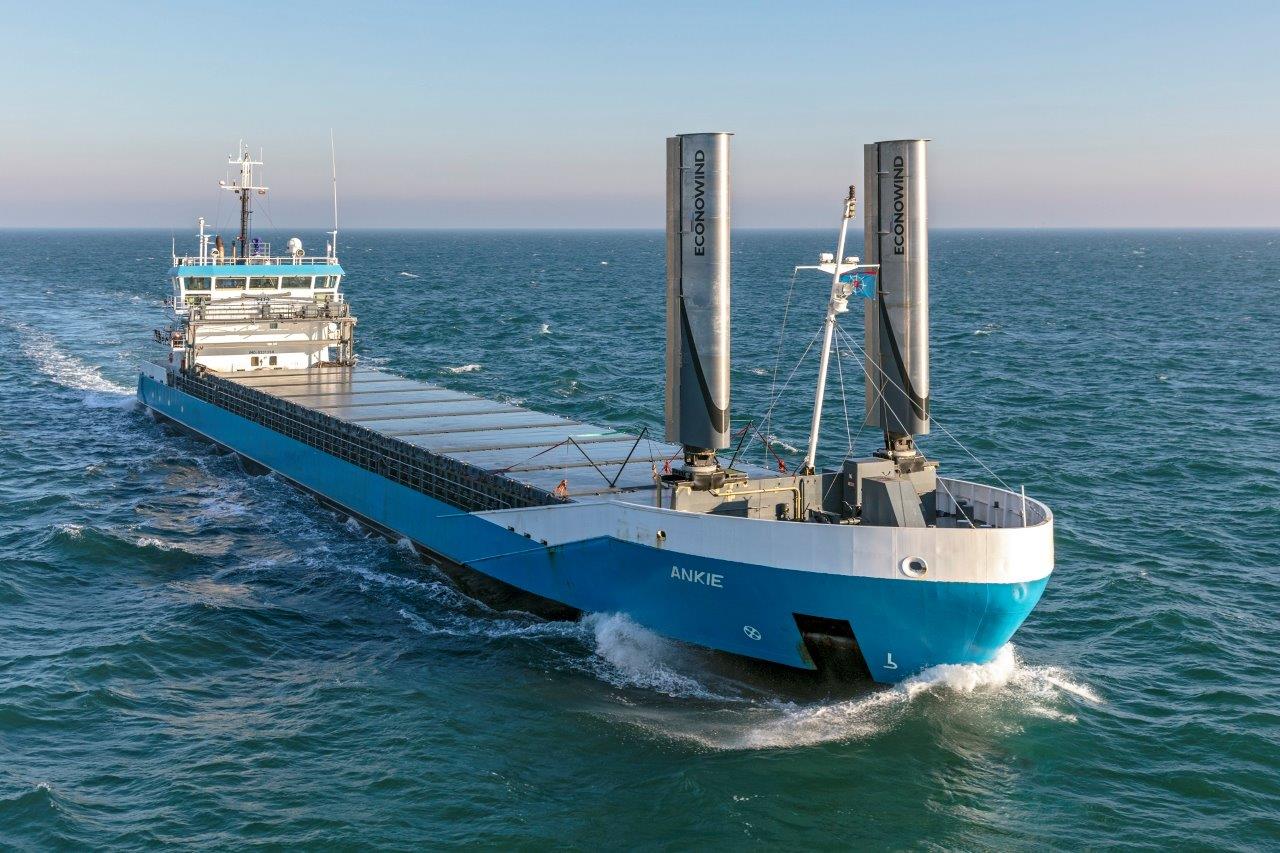University College London (UCL) and Carbon War Room (CWR) have revealed in a recent study that the use of wind assisted propulsion technology on ships can yield up to 60% fuel savings.
The study, which is part of their joint shipping Innovation Fast Tracker (ShIFT) program, looks at the opportunities and barriers to wind technology uptake. It reveals that wind power technologies have the potential to save up to 60% of fuel used by ships, and hence contribute to lowering of greenhouse gas emissions.
Technologies such as flettner rotors, kites and sails can harness wind power for propulsion, with the savings achieved dependent on the design of the ship, the operating speed, the wind speeds and directions experienced. For instance, higher wind speeds allow a ship to harness more power and propel the ship, but the operating profiles and routes taken vary from voyage to voyage and therefore there in some uncertainty in predicting exact fuel savings.
During the study, data was examined from various ships and their voyages and compared to average annual wind speed and average annual fuel consumption in different seas. Voyage simulation and modelling of fuel savings showed that for a range of speeds, seasons and ship designs, the average fuel savings were approximately 10-60%, evidencing that there is sufficient wind strength to propel ships and save fuel. Further verification is now required from actual sea trials.
However, despite the number of commercially available solutions and a renewed interest in wind power, the paper reveals that mass uptake has been limited, largely due to economic barriers.
For example, restricted access to capital markets and the first-mover situation were cited as concerns to ship owners investing in alternative technologies. Hidden costs, such as the potential of cargo reduction space and production disruptions were also cited as reasons for delaying wind technology uptake.
Additionally, technical challenges lie in maintaining ship stability in rough weather conditions and may result in the system having to be turned off.
Furthermore, the study suggests that some ship owners are not familiar with the technologies and perceive them as less safe or not reliable and therefore tend to choose other technologies over wind powered ones.
The results of the study indicate that third party capital may work as a solution to overcoming the cost of capital barriers. Collaborating with third party financers that are often attracted by the short paybacks of these retrofit technologies.
The study is published in the Journal of Marine Policy and is titled “Wind technologies: Opportunities and barriers to a low carbon shipping industry”. To view the full paper, please click here.

































